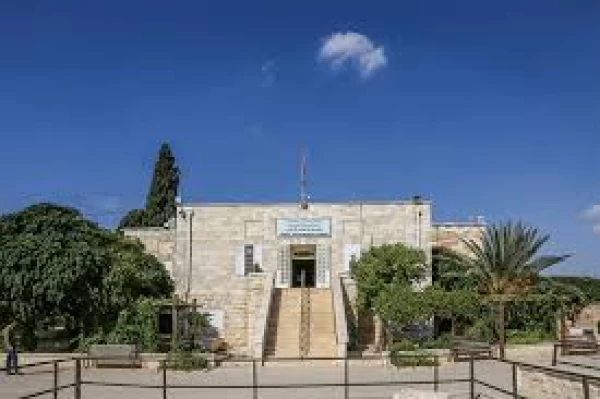
Explore Jordan Archaeological Museum
The narrative of this territory, of the people inhabiting it, and the chronicles of diverse civilizations and eras are encapsulated in the Jordan Archaeological Museum through exposition of ancient archaeological items which explain the evolution of human beings in Jordan.
The Jordanian Archaeological Museum, located in the middle of the archaeological site on the Citadel Hill, is considered one of the most important landmarks that summarize the ancient history of Amman over thousands of years, up until the establishment of the modern Jordanian state and the adoption of Amman as its capital in 1921. It contains extremely important and rare archaeological pieces dating back to different eras, and documenting the civilizations that passed through Jordan.
The Jordan Archaeological Museum was established in the year 1951 with the intention of exhibiting different artistic works that were uncovered in various archaeological sites in the country of Jordan during archaeological digs conducted in Jordan. In this aspect, after the construction of the Jordan Museum in the Ras al-Ain vicinity, its collections focus only on the Amman region and the historical items found over almost a hundred years of the capital’s existence.
The museum's location is distinguished by its unique view of the heart of Amman and its ancient mountains. Its stone building was designed by the British engineer Austin Harrison, who designed the building of the Palestinian Museum in Jerusalem, under the supervision of the Director General of Antiquities at the time, Gerald Lancaster Harding.
The museum covers an area of about 550 square meters, while the ground floor, which is occupied by warehouses, covers an area of about 300 square meters. The display cabinets made of copper, glass and wood were brought from Britain, as were the holders of the explanation cards for the pieces. Two decades later, cabinets made of wood, aluminum and glass were added when the number of pieces received by the museum doubled.
The museum was designed to rely on natural lighting (sunlight) through the windows at the top of the building, and on electric lamps installed on the walls of the museum and above the cabinets so that the light would not shine directly on the artifacts and harm them. Later, fluorescent lamps were added to the ceiling of the museum.
The museum courtyard and garden overlooking the Temple of Hercules have been modernized, developed, and planted, and a number of stone artifacts are displayed, the most important of which are two marble pieces believed to belong to a huge statue of Hercules, in addition to a number of sculptures, architectural ornaments, and basalt coffins.
The museum adopts a display method according to the historical sequence that transports the visitor in a smooth chronological order between the ages to learn about the civilizational product of the human being who lived on the land of Jordan throughout all time periods, starting from prehistoric times to the Ottoman period, passing through the Stone Age, Bronze Age, Iron Age, Hellenistic Age, Roman Age, Byzantine Age and Islamic Age.














